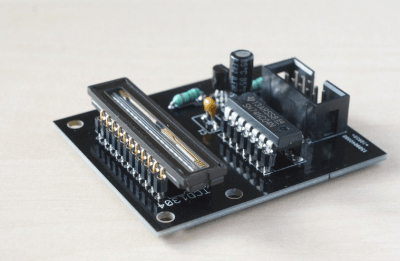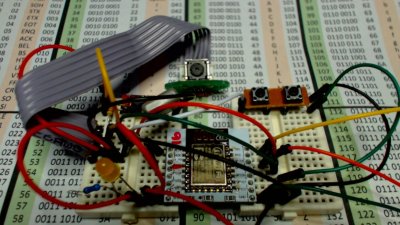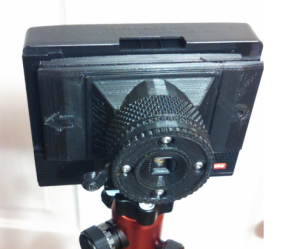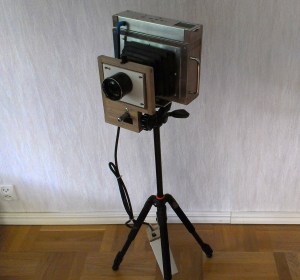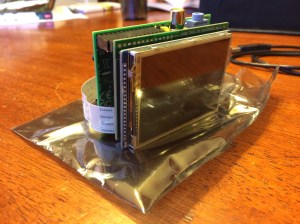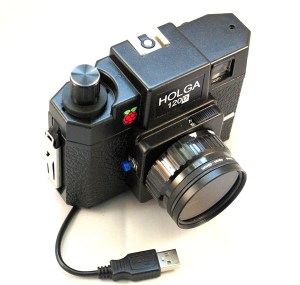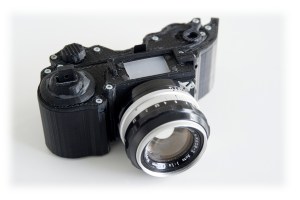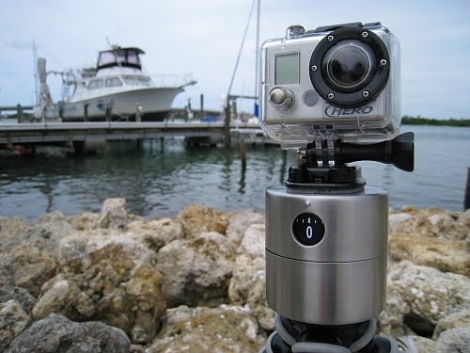Social media microblogging has brought us many annoying things, but some of the good things that have come to us through its seductive scrolling are those ad-hoc interest based communities which congregate around a hashtag. There’s one which has entranced me over the past few years which I’d like to share with you; the Shitty Camera Challenge. The premise is simple: take photographs with a shitty camera, and share them online. The promise meanwhile is to free photography from kit acquisition, and instead celebrate the cheap, the awful, the weird, and the wonderful in persuading these photographic nonentities to deliver beautiful pictures.
Where’s The Hack In Taking A Photo?
Of course, we can already hear you asking where the hack is in taking a photo. And you’d be right, because any fool can buy a disposable camera and press the shutter a few times. But from a hardware hacker perspective this exposes the true art of camera hacking, because not all shitty cameras can produce pictures without some work.
The #ShittyCameraChallenge has a list of cameras likely to be considered shitty enough, they include disposables, focus free cameras, instant cameras, and the cheap plastic cameras such as Lomo or Holga. But also on the list are models which use dead film formats, and less capable digital cameras. It’s a very subjective definition, and thus in our field everything from a Game Boy camera or a Raspberry Pi camera module to a home-made medium format camera could be considered shitty. Ans since even the ready-made shitty cameras are usually cheap and unloved second-hand, there’s a whole field of camera repair and hacking that opens up. Finally, here’s a photography competition that’s fairly and squarely on the bench of Hackaday readers. Continue reading “Release Your Inner Ansel Adams With The Shitty Camera Challenge”





